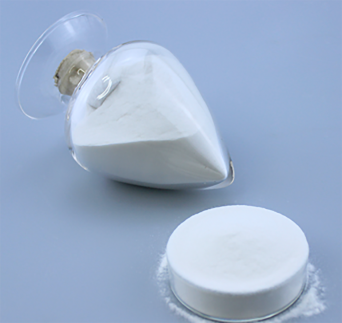
Dec . 12, 2024 09:42 Back to list
hydroxypropyl methyl cellulose
Hydroxypropyl Methyl Cellulose A Multifaceted Polymer
Hydroxypropyl methyl cellulose (HPMC) is a versatile and widely used polymer derived from cellulose, the most abundant organic polymer found in nature. This semi-synthetic compound combines both hydrophilic and hydrophobic properties, making it an essential ingredient in various applications across multiple industries, including pharmaceuticals, food, construction, and personal care.
Structure and Properties
HPMC is synthesized by the reaction of cellulose with propylene oxide and methyl chloride. The degree of substitution of the hydroxypropyl and methyl groups can be varied, leading to different grades of HPMC, each tailored for specific applications. Its water-solubility and thickening properties make it ideal for creating gels and emulsions, while its film-forming ability provides a protective barrier in various formulations.
One of the most notable features of HPMC is its rheological properties. It acts as a thickening agent and rheology modifier, helping to stabilize solutions and suspensions. When dissolved in water, HPMC creates a viscous solution that enhances the texture and mouthfeel of food products, the consistency of cosmetic formulations, and the flow properties of construction materials.
Applications in Pharmaceuticals
In the pharmaceutical industry, HPMC is extensively used as an excipient in the formulation of tablets and capsules. Its ability to form a gel upon hydration allows for controlled release of active ingredients, making it a popular choice for sustained-release formulations. Moreover, HPMC is utilized in ocular preparations and as a binding agent in various dosage forms. Its biocompatibility and non-toxic nature further add to its appeal in pharmaceutical applications.
Food Industry Utilization
hydroxypropyl methyl cellulose

HPMC plays a crucial role in the food industry as a food additive. It is commonly employed as a thickener, stabilizer, and emulsifier in a wide range of products, including sauces, dressings, and dairy items. Due to its ability to retain moisture, HPMC helps in extending the shelf life of baked goods by preventing staleness. Additionally, it offers a low-calorie alternative to fat, enabling manufacturers to create healthier options without compromising taste or texture.
Construction and Building Materials
In the construction industry, HPMC is valued for its water retention and bonding properties. It is often added to cement-based mortars, plasters, and tile adhesives to improve workability while preventing premature drying. The incorporation of HPMC enhances the performance of these materials, ensuring better adhesion and increasing their durability. This makes it an essential component in modern construction practices, particularly in the production of high-quality building materials.
Personal Care Products
HPMC is also a common ingredient in personal care and cosmetic products. Its film-forming capability provides a desirable texture and enhances product performance in items such as lotions, creams, and hair gels. In addition, HPMC acts as a viscosity modifier, ensuring a consistent application experience. Its hypoallergenic properties make it suitable for sensitive skin formulations, contributing to the growing trend towards safer and more effective personal care solutions.
Conclusion
In conclusion, hydroxypropyl methyl cellulose is a multifunctional polymer with a diverse range of applications across various industries. Its unique properties, including water solubility, thickening ability, and film-forming capacity, make it an indispensable ingredient in pharmaceuticals, food, construction, and personal care products. As research continues into the potential uses and benefits of HPMC, its relevance in modern technologies and formulations is likely to grow, solidifying its position as a key player in the polymer landscape.
-
Versatile Hpmc Uses in Different Industries
NewsJun.19,2025
-
Redispersible Powder's Role in Enhancing Durability of Construction Products
NewsJun.19,2025
-
Hydroxyethyl Cellulose Applications Driving Green Industrial Processes
NewsJun.19,2025
-
Exploring Different Redispersible Polymer Powder
NewsJun.19,2025
-
Choosing the Right Mortar Bonding Agent
NewsJun.19,2025
-
Applications and Significance of China Hpmc in Modern Industries
NewsJun.19,2025







